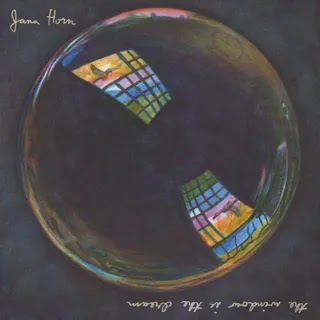On her self-produced second album, the Melbourne folk singer embellishes her stark, bluesy songwriting with symphonic touches that occasionally get in the way of her daring vocal performances.
Grace Cummings’ voice is unusually gruff, rootsy and ragged as car wheels skidding over rocks. Born in Victoria, Australia, where the land is constantly under threat by bushfires, Cummings was drawn to the cragginess of Bob Dylan and Australian singer-songwriter Paul Kelly, as well as to the vivid melancholy of traditional Irish folk music. As a teenager, she played drums in a series of AC/DC and Jimi Hendrix cover bands. Today, she performs a mixture of canyon-inspired folk music and blues rock, the full tapestry of her influences on clear display.
Cummings’ debut album, 2019’s Refuge Cove, released by King Gizzard & the Lizard Wizard’s Flightless Records, felt intensely lonely and alive. Her voice filled the large, reverby atmosphere, mostly unembellished, as she strummed a rusty-sounding guitar. Storm Queen, her self-produced second record, retains the ornate minimalism of its predecessor, although it comes with a smattering of symphonic touches: baritone saxophone, timpani drums, theremin.
The extra instrumentation, provided by an ensemble of local Melbourne musicians, is perhaps an attempt to broaden Cummings’ sonic picture, but it mostly feels unnecessary and arbitrarily deployed. The saxophone skronks like a human scream on the title track, while the theremin whistles like an undulating shriek on “Fly a Kite.” Both sound like a double of Cummings’ voice in a way that seems to rob her of catharsis; they do the yawping for her.
Cummings has a penchant for spontaneity. The majority of the songs on Storm Queen were recorded in three takes or less, and there’s an almost uncomfortable closeness to each recording; it feels intimate and live, as though the band is playing in-the-round. Unfortunately, Cummings’ relationship to the musicians who surround her feels incongruous. Her vocals are as uncontrolled as a volcanic eruption, but the carefully noodled Led Zeppelin-like riffs that accompany her strums tend to diminish her dramatic performances.
Still, Storm Queen possesses a magnificent tension, with each song veering wildly between catharsis and dissonance. “Dreams” is a highlight, with Cummings’ voice exuding seething intensity and world-weariness over an acoustic guitar that sounds both ruddy and psychedelic. She screams like somebody making scary faces in the mirror, filling the space of the song with unfettered energy before undercutting each attempt at release with a dismissive snarl.
The desire to ascend—like a kite or a bird, two recurring motifs throughout the record—is where that tension arrives, in both the lyrics and music. “Go fly a kite/Tie your troubles to the tail,” Cummings sings on “Fly a Kite” with melodramatic, baroque melodicism. The record’s most compelling moments, however, aren’t in their ascents, but in the gritted tension that seems to animate each song and make Cummings’ voice sound like a kite stuck to its tether, a netted bird desperately flapping inside its trap. In these solitary moments, she becomes wild, demonic, and dangerously uncaged.
















0 comments:
Post a Comment